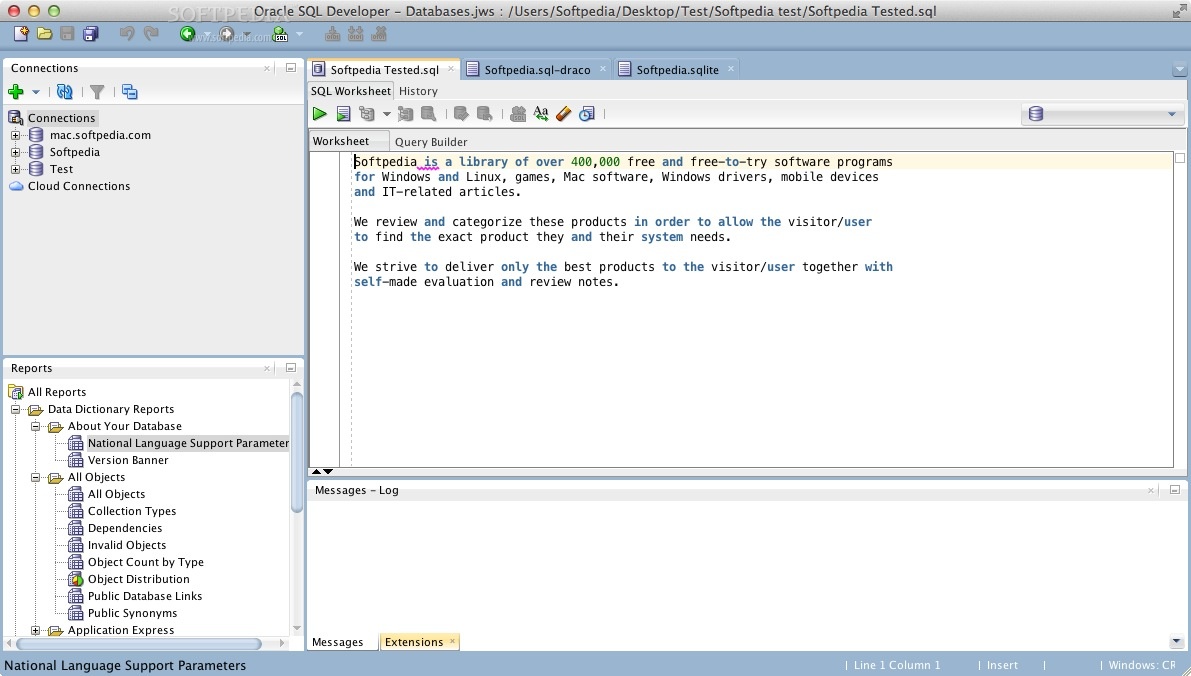
The parse-tree is a hierarchical representation of the significant tokens of the input. The parser reads the unformatted plain SQL or PL/SQL input and generates a parse-tree. Please note that these are conceptual components, the actual implementation might look different. I will explain each step and component in the next chapters. The following figure illustrates the formatting process in SQL Developer.

Furthermore, it is technically demanding to provide a tool suite that is able to handle different coding styles via configuration. And almost every developer has their own views on what makes code look good. Ultimately, it’s all about beautifying the code. Because the formatting requirements are very different. How Does Formatting Work?įormatting is all about adding (or removing) whitespace (line breaks, spaces or tabs) between significant tokens.
CHANGE DATE FORMAT IN ORACLE SQL DEVELOPER INSTALL
If you only want to activate the coding styles suggested by the Trivadis PL/SQL & SQL Coding Guidelines, install the settings as described here. In this blog post I explain how the formatter works and how the output can be tweaked using two simple SQL queries. And now I must admit that I’m really impressed with the formatting capabilities of the latest versions of SQL Developer.

Version 19.2 brought us dynamic JavaScript actions within the parse-tree query language Arbori. In 2017 Oracle released version 4.2 with a new formatter and has been improving it ever since. But the capabilities of the formatter were disappointing. Back then version 4.0 was the latest and greatest.


 0 kommentar(er)
0 kommentar(er)
